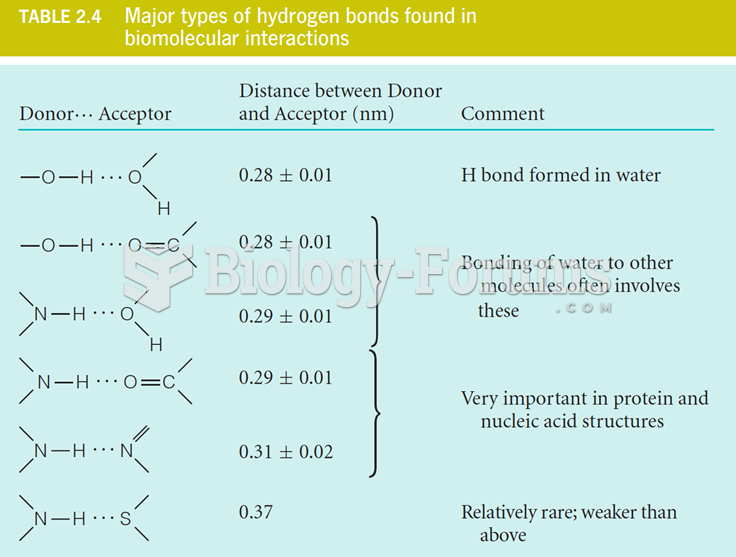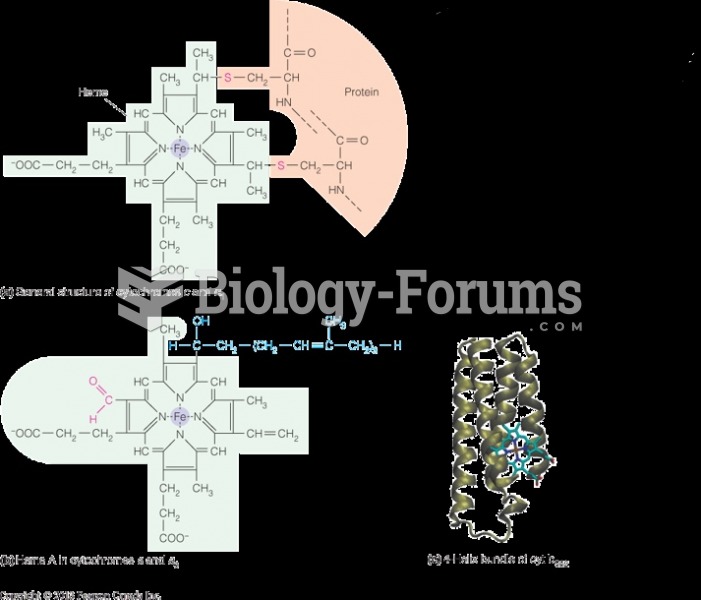Answer to Question 1
Answer: A plantation is a form of commercial agriculture in developing regions that specializes in one or two crops. They are found primarily in the tropics and subtropics, especially in Latin America, Sub Saharan Africa, and Asia. Although these plantations are situated in developing countries, they are often owned or operated by Europeans or North Americans. These plantations grow crops for sale primarily in developed countries. Among the most important crops grown on plantations are cotton, sugarcane, coffee, rubber, and tobacco.
Until the U.S. Civil War (1861-1865), plantations were important in the U.S. South, where the principal crop was cotton, followed by tobacco and sugarcane. Slaves brought from Africa performed most of the labor until the abolition of slavery and the defeat of the South in the Civil War. Thereafter, plantations declined in the United States; they were subdivided and either sold to individual farmers or worked by tenant farmers.
Answer to Question 2
Answer: Commercial agriculture is generally practiced in developed countries and is undertaken primarily to generate products for sale off the farm to food-processing companies. Some of the main characteristics of commercial farms are large farm size and the use of heavy machinery. There are six main types of commercial farms found developed countries, primarily influenced by the physical geography of the area where the farms are found. These are mixed crop and livestock farms, dairy farms, grain farms, ranching, commercial gardening and fruit farms, and Mediterranean farming.
Mixed crop and livestock: The most distinctive characteristic of mixed crop and livestock farming is its integration of crops and livestock. Corn is the most commonly grown crop, followed by soybeans. Most of the crops are fed to animals rather than consumed directly by humans. A typical mixed commercial farm devotes nearly all land area to growing crops but derives most of its income from the sale of animal products, such as beef, milk, and eggs.
Dairy farming: Dairy farming is the most important agriculture practiced near large urban areas in developed countries. Milk perishes quickly so dairy farms need to be situated closer to their markets than other farms. The ring surrounding a city from which milk can be supplied without spoiling is known as the milkshed.
Grain farming: Commercial grain farms are generally located in regions that are too dry for mixed crop and livestock farming, such as the Great Plains of North America. Unlike mixed crop and livestock farming, crops on a grain farm are grown primarily for consumption by humans rather than by livestock. The most important crop grown is wheat, used to make flour. It can be stored relatively easily without spoiling and can be transported a long distance. Because wheat has a relatively high value per unit weight, it can be shipped profitably from remote farms to markets.
Livestock ranching: Ranching is the commercial grazing of livestock over an extensive area. Where the land is too dry to support crops, livestock ranching becomes a viable alternative. Contemporary ranching has become part of the meat-processing industry, rather than carried out on isolated farms.
Commercial gardening and fruit farming: Commercial gardening and fruit farming are the predominant types of agriculture in the U.S. Southeast. The region has a long growing season and humid climate and is accessible to the large markets in the big cities along the East Coast.
Mediterranean agriculture: Mediterranean agriculture exists primarily on lands that border the Mediterranean Sea and other places that share a similar physical geography. Winters are moist and mild, summers hot and dry. The land is very hilly, and mountains frequently plunge directly to the sea, leaving very little flat land. The two most important crops are olives and grapes.
Answer to Question 3
Answer: In the past few decades, food production has increased in the developing world. However, for most areas, including Sub Saharan Africa, this increase has not been enough to meet the needs of the fast growing population. In order to increase the supply of food to meet the rapidly increasing population, the following four strategies are some of the strategies discussed in the textbook: expand agricultural land, increase agricultural productivity, improve food sources, and finally, improve exports.
Expanding agricultural lands: Historically, world food production increased primarily by expanding the amount of land devoted to agriculture. When the world's population increased more rapidly during the Industrial Revolution beginning in the eighteenth century, pioneers could migrate to sparsely inhabited territory and cultivate the land. New land might appear to be available, because only 11 percent of the world's land area is currently used for agriculture. But excessive or inadequate water makes expansion difficult. The expansion of agricultural land has been much slower than the increase of the human population for several decades.
Increase agricultural productivity: New agricultural practices have permitted farmers worldwide to achieve much greater yields from the same amount of land. The green revolution of the 1970s and 1980s, fueled in part by scientific breakthroughs in high yield seeds and other new technologies, led to an increase in agricultural productivity. It was largely responsible for preventing a food crisis in developing countries during the 1970s and 1980s. More research and investment is needed to develop higher yielding varieties of crops suited for the specific conditions of regions.
Improved food sources: Improved food sources could come from higher protein cereal grains. People in developing countries depend on grains that lack certain proteins. Hybrids with higher protein content could achieve better nutrition without changing food-consumption habits. In some regions, some foods are rarely consumed because of taboos, religious values, and social customs.
Exports: With excess food available in the developed world, exporting food to the developing world can be a way of alleviating food shortages in those regions. Trade in food has increased rapidly, especially since 2000. The three top export grains are wheat, corn, and rice. Argentina, Brazil, the Netherlands and the United States are the four leading net exporters of agricultural products. Many critics of globalization cite subsidized farm exports as a huge problem for the farmers of the developing world, leading to gluts in grain markets, etc., which combine to force more farmers off their lands. A typically example of this would be the effects of NAFTA, which critics say, force many Mexican farmers to leave their farms to seek other employment.







